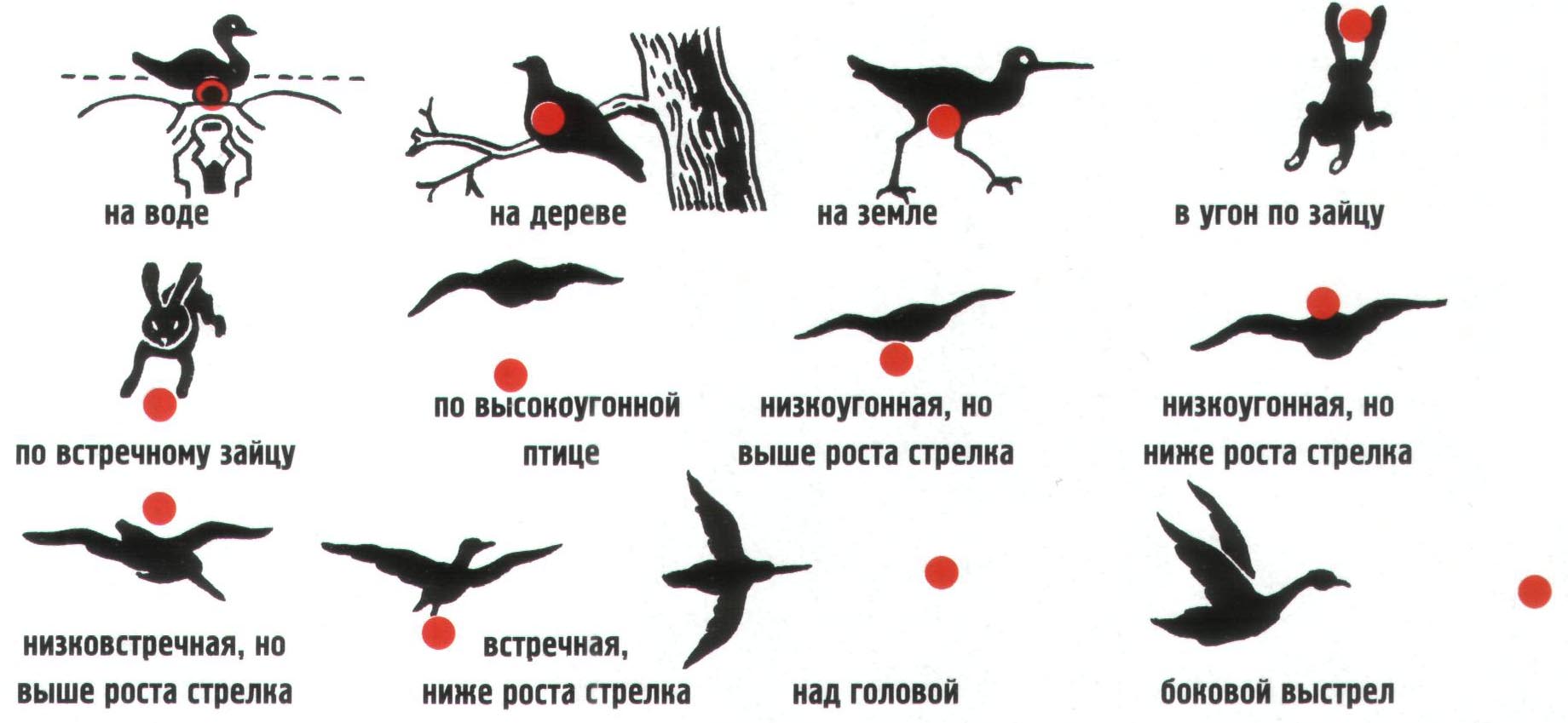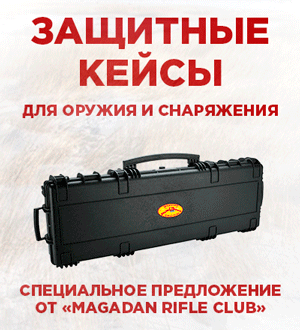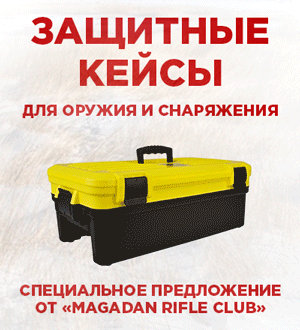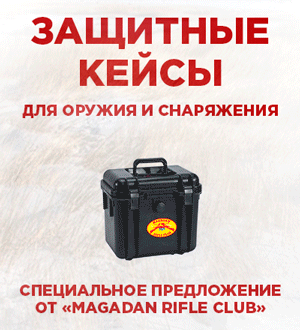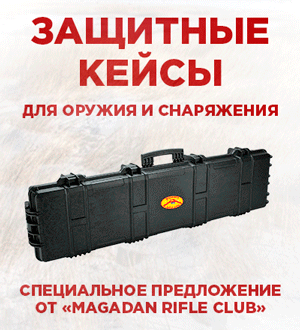Posted on March 20, 2017
Causes of miss when shooting with a gun
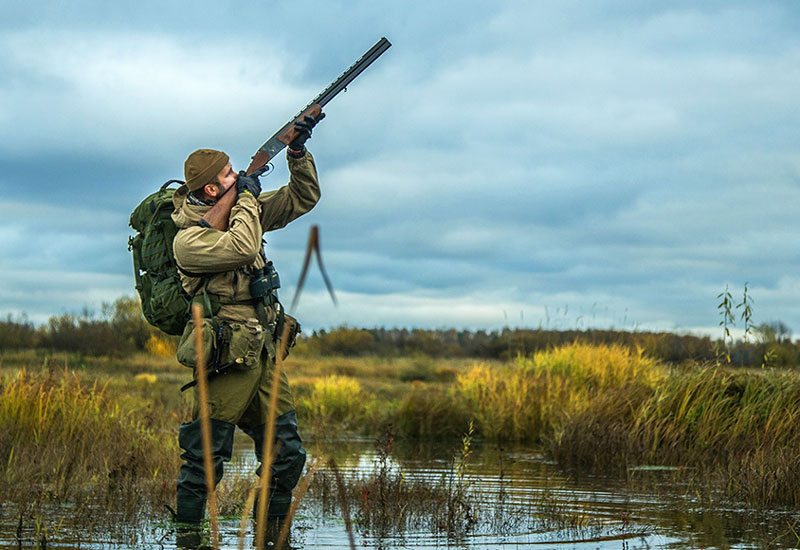
Often, people with good eyesight do not have success in hunting, and they blame it often … a shop in which they bought a gun, a gun, a dog, or satellites for hunting, although, in fact, it’s not them.
We know that before buying things, they need to be tried on, but when we buy a gun, its real test is not going on in the store walls, so, often, grief begins immediately after buying and using This gun is on the hunt. Dexterity, which eye the hunter directs – right or left, whether the bed is suitable, what impact strength, whether the weight of the hunter’s gun is appropriate, and much more – all this becomes clear much later. And, quite often it is that the rifle was not chosen appropriately, the reason for your failures depends.
Where to aim while shooting
You know that the secret of shooting depends on the ability to aim near the target, that is … in an empty space. Do not rush to think that there is some kind of typo. It is necessary to really aim away from the goal, but only in the right direction.
99% of misses – just the result of the fact that the shot went below or behind the target.
This is because the hunter subconsciously wants to see what he is shooting at. In order to see, he opens the goal, dropping the ends of the trunks down, and the game, naturally flies over the projectile and ahead of it. As a rule, the aiming line passes below the target also because the raised bird flies, gaining altitude. When they shoot at the bayonet in the opposite direction, and the hunter wants to see the game, the shot shot necessarily passes behind it. That’s why many hunters prefer not to shoot, but to steal.
Causes of misses during shooting
Lack of calculation, as the reason for the miss. When shooting is also important calculation and the ability to quickly carry out this calculation. Meanwhile, these skills the hunter acquires in the process of long training in shooting at mobile targets. Let’s say a bird flies in 35 meters from the hunter at a speed of 80 kilometers per hour, that is 22 meters per second. The hunter throws up the gun, his brain analyzes – shoot, the order comes to the finger, which presses the trigger. The trigger hits the striker, the firing pin transfers the blow to the primer and ignites it, the capsule in turn ignites the gunpowder. Powder gases are formed, pushing the projectile along the trunk. Then, within 1/10 seconds, the shot flies 35 meters to the bird. So, along with that time, what went into the reaction of the hunter and the triggering of mechanisms, as already mentioned above, it took 2/10 seconds. Oh, the bird? What will she have to do in those 2/10 seconds? The answer is simple – to fly 4 meters 40 centimeters. And, what if she flies at a speed of 100 kilometers per hour, and moreover at a distance of 50 meters from the hunter? In this case, you will need to anticipate as much, as little as 6 meters. That’s why the slip is almost always explained by the fact that the fraction was late and the game has already left the killer circle.
Of course, hunting has no time to use the logarithmic ruler, the size of the necessary anticipation is learned by experience, depends on the skill of the shooter and add his coolness. That hunter, who hurries to shoot, often makes sure that for his prudent aiming time, in fact, it was still very much.
The absence of preemption, as the cause of misses. Also, I would like to draw the attention of the hunters to one interesting point concerning the causes of misses during shots. Dr. Fishgold writes in his works that when a hunter looks at a flying object, he instinctively determines his location in relation to the environment and believes that at this moment he is at some point of “x” of his flight. At the same time, it turns out that you admit one, but very gross error, the essence of which lies in the following …
The human eye is a photographic chamber, the sensitive part of which is the lens and retina, associated with the nerve cells of the brain. The time required for the passage of light to the retina is infinitesimal, but each vision requires adaptation (adaptability) of the eye, and this takes a considerable time (this delay is based on the principle of perception of the movie – 24 images per second are perceived by a person as continuous movement). Thus, passes from 0, 06 to 0, 08 seconds until one image is replaced in the brain by another, which means that one image is no longer there, and the eye still sees it.
The perception of the image varies from person to person. The best time that Dr. Fishgold observed in his experiments was about 0.18 seconds, for people over 40 years old it was about 0.28 seconds, while for older or systematically consuming alcohol it increased to 0.35 seconds. Thus, since a person sees the brain and not the eyes, he fixes the bird with a glance where it was 0.2-0.3 seconds ago. If these fractions of a second are added now with the time, about which it is written above, then the sum will be almost 0.5 seconds. This calculation convincingly shows that anticipation is not only necessary, but it should be quite large. And, here, what it should be – count on yourself, while you are at home, you can deal with such arithmetic calculations. On the hunt, there will be no time to count, because hunting itself is a great excitement and often only after its shot does the hunter begin to think what should be done.
Inconvenient clothes, as a reason for misses. There are many more conditions on which a successful shot depends. In particular, it is very important that the hunter’s clothing be comfortable and not hamper his movements. If the gun corresponds to the constitution and the forces of the hunter, then the suit must also match the rifle and the figure arrow.
Advice on how to learn how to shoot properly
If you are catastrophically unlucky in accuracy and in hit on target – you will be useful to read about the following case.
One professor was very fond of hunting, however, the game did not fall from his hands, and the accuracy of the professor served as a visual demonstration of the fact that the fraction always passes by. Once he went hunting in the mountains, and shot there for nothing for birds that flew away from him at a distance of no more than 20 steps. But, and here the professor suffered a failure, and all his shots were empty, then he decided to give up his hobby.
However, one old hunter advised him the next morning to try to shoot as if he had been punished with a heavy punishment for a well-aimed shot at the bird – the hunter-professor had to shoot forward enough that he was sure that he would not fall into the bird (given the reasonable anticipations). The next morning, the professor put 3 birds in a row, but the 4th and 5th shot were empty again, as he began repeating his old mistakes aiming at the target. However, when he pulled himself together, his accuracy came back to him …
Source: http://bighunting.ru



